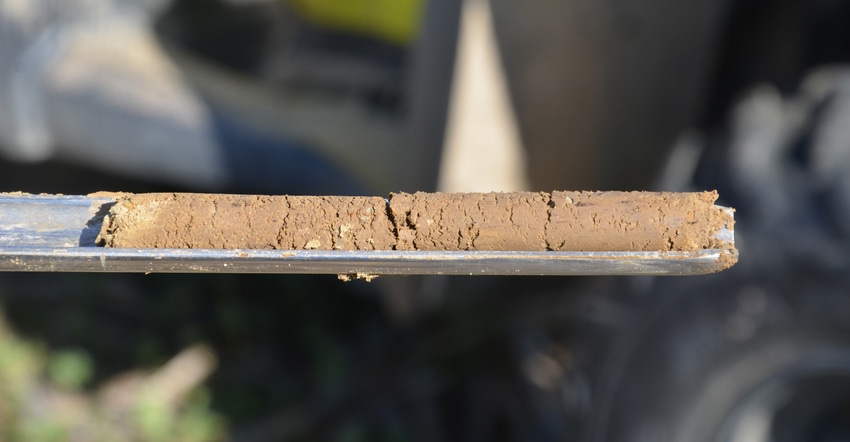January 25, 2022

The theme for the 2022 crop year is set. It boils down to farmers facing the burden of high fertilizer values weighed against the potential for above-average crop prices. Hindsight is 20/20, and many farmers are wishing they could have their 2022 crop fertilizer needs already paid for and in storage. Whether you know it or not, you may already have enough of that fertilizer stored in your soil! Study your soil tests to check the balance of nutrients in your “soil bank.”
Do this for each management zone within a field. This may be a year when variable-rate application pays large dividends. The first thing to check is your soil pH level. Adding lime to an acidic soil will increase the availability of nutrients that are already in the soil. Applying fertilizer to fields with a pH imbalance is inefficient and maybe unnecessary.
Do you know how little phosphorus and potassium fertilizer you can apply during this spike in fertilizer prices and not sacrifice yield if you already have decent levels built up in your soils? According to Tri-State fertilizer recommendations, if your current phosphate levels are over 40 parts per million or 80 pounds per acre, there is no benefit to applying phosphate fertilizer for corn or soybeans, regardless of yield potential.
Potash is also stored in the soil. Critical levels for potassium vary with cation exchange capacity. Reference the Tri-State fertilizer guide and know these critical values for all the crops you grow. There is a stigma against “mining” your soil, but it is OK to make a withdrawal when you have an excess of any nutrient, especially when facing record fertilizer costs!
Also, to the extent possible, maximize fertilizer timing and placement to reduce potential for loss. All of this will help to improve your nutrient use efficiencies.
Sound data matters
Sound decision-making should always involve good data, and your soil tests are no different. It is extremely important for farmers to take ownership of their soil tests so they can ensure that quality sampling is occurring, and non-biased fertilizer recommendations are being made.
Your pocketbook may dictate how often and how many samples you take, but more is almost always better with soil tests. Soil sampling intensity will also differ with soil variability and crop rotation complexity. Bottom line: If your soil tests are older than four years or if each sample represents more than 20 acres, you need more soil sampling and analysis as soon as possible.
Farmers are expected to be experts in many tasks, but maximizing soil resources is one of the most important responsibilities for running an efficient, profitable operation. If you are uncomfortable reading a soil test, find a trustworthy agronomist or contact your local Extension educator to obtain a fertilizer recommendation spreadsheet. The key is to understand your soils and use them to maximize the money your farm makes.
Nielsen is a district conservationist with the Natural Resources Conservation Service. She writes on behalf of the Indiana Conservation Partnership.
You May Also Like




